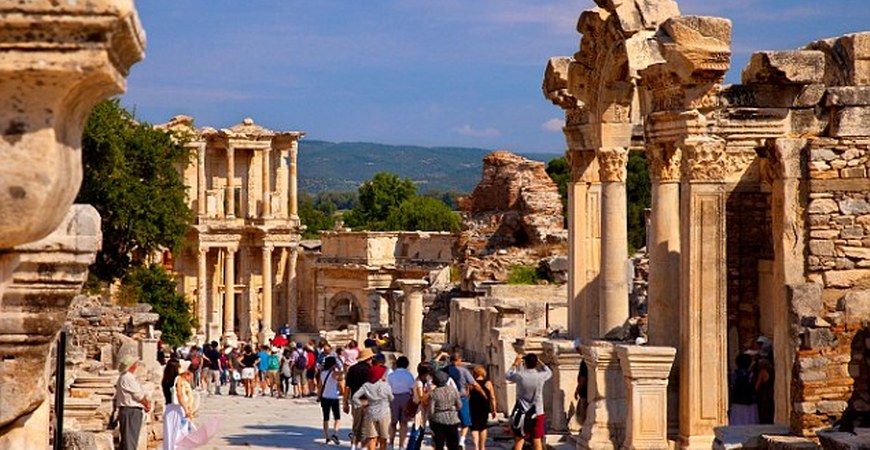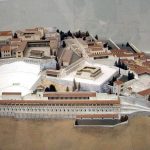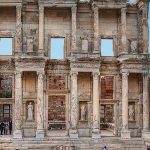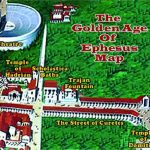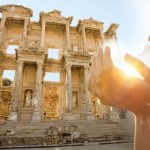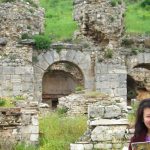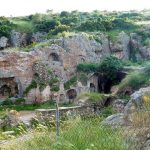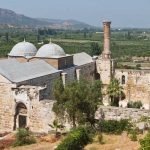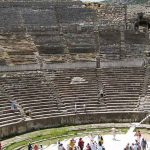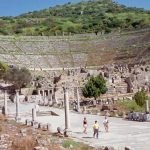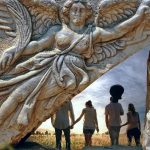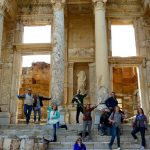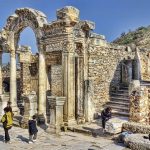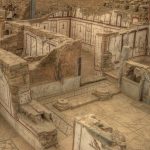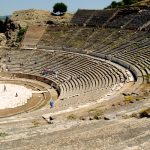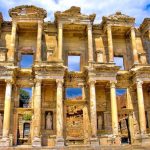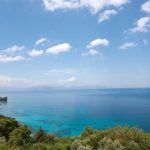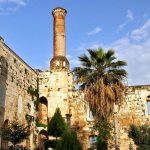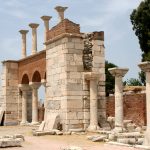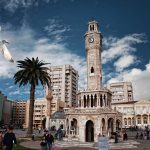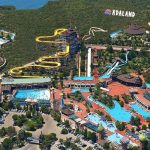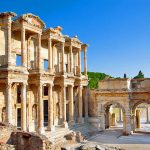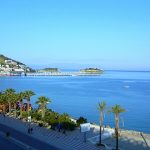Ancient Ephesus of Turkey Aegean Coastline – Chapter 5
Agora and its surroundings are the buildings which were built by thinking as an entertainment settlement where the people could shop rather than as a center of the settlement. Port hot water springs begin with the saloons of the sport of Verulanus. In the west önce upon a time, there was an area of a port. This area has been dried, which was marshy. This area begins with the Street of port called Arcadian and ends with the port of demonstration. When turned to left and back, one can exit to the Street of marble. It is known that on either side of the Street of marble there are magnificent columns. On the left of the road the ruins of a few common baths came down from Byzantines are seen. Behind this, there is the Church of counsel.
This building was transformed into Basilica in the fourth century and then it was utilized as a center of the board. A general council was held here in 431 A.D. A stadium Lyceum of Vedius lies, which is made in the second century. If we advance a little we come to the walls of Byzantium. Here are the ruins of the door of Koressos. The hiğh way which goes to Kusadasi in front of us persists westwards. In the 5 km south of Ephesus on Aladag, the house is in which Virgin Mary lived and died. The main walls of this house remain from the first century. This house which was restored in the epoch of Byzantium gained a great importance with the explanation of divinatory Katerina Emmerich (1774-1824) concerning Virgin Mary and Christians accepted this place as a center of pilgrimage. Hundreds of thousands of Christian.tourists visit this place every summer.
Arriving at Ephesus is as follows:
One can come from İzmir to Soke by train. Besides, buses and mini buses take domestic and foreign tourists here in summer months. There are some places to stay. After the daily visit of Ephesus, again as you come to this district you can spend the night in Aydin and in the morning you can see the famous works of art of Priene, Miletos, Didyma.

